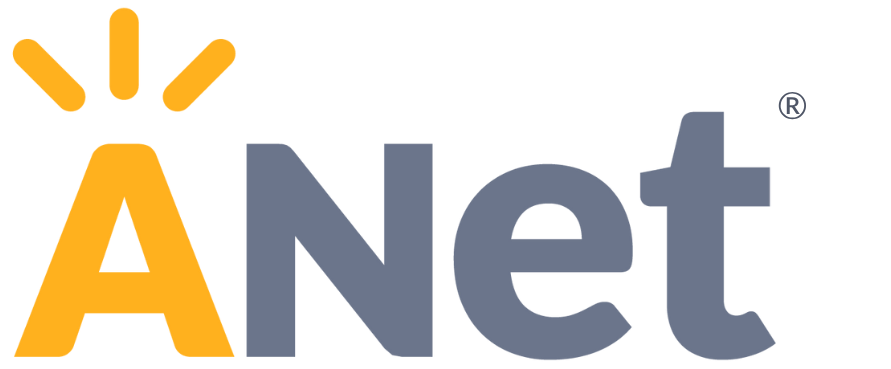by Sarah Tierney
There’s nothing quite like seeing a group of teachers and leaders dive into a text like the Gettysburg Address and analyze Lincoln’s purpose and meaning and his use of language. How could such a short speech be so moving and so memorable?

One of the most powerful lessons we’ve learned through our work with schools is the importance of doing the work we ask our students to do. Nothing helps us anticipate misunderstandings or understand the strategic support our students will need as much as stepping into their shoes, and doing the reading, writing, and thinking they will do as part of upcoming instruction.
Many educators in our partner schools “do the work” by taking a text-based approach to planning close reading. Last year, Garfield Elementary School, in Revere, MA, adopted this approach. Together, teachers and leaders spend time reading and making meaning of the texts their students will read. They experience reading challenges firsthand, so they can identify learning opportunities and plan for where to spend time and energy supporting students during a lesson.
“We’ve come together as a team because of all the sweat equity we’ve put into this project. And because our results are so much higher than they used to be. ”
“We’ve come together as a team because of all the sweat equity we’ve put into this project,” said fourth grade teacher Samantha Marcario, “and because our results are so much higher than they used to be.” Using this approach, the Garfield team has seen a significant school-wide increase in literacy: on the most recent interim assessment, students performed on average 11% above the network.
This approach is a departure from the way many of us have planned literacy instruction in the past: It puts the text, rather than skills and strategies, front and center. It hinges on the idea that when teachers make meaning of a text themselves, they’re better able to support students to do the same.
Use these resources to create a professional development session for your team, or in planning meetings in which teachers create or make improvements to text-based lesson plans. Click the button below to see the tools and resources that will help you try this planning approach.
We’ve spent ten years learning from thousands of leaders and teachers across the country about the things that make a big difference for schools. Now, we want to give you the opportunity to do the same. This is the fourth in a series of tools, resources, and insights we are sharing from our work with school partners.
Sarah is a director of new partnerships and former coach at ANet. She’s leading the Lessons From the Field project.
